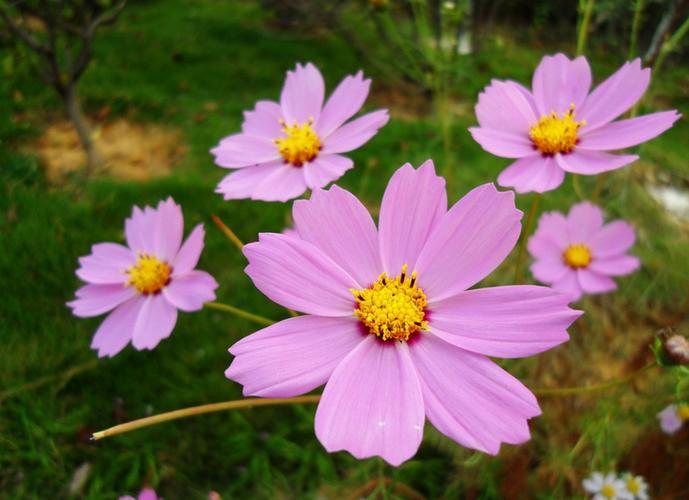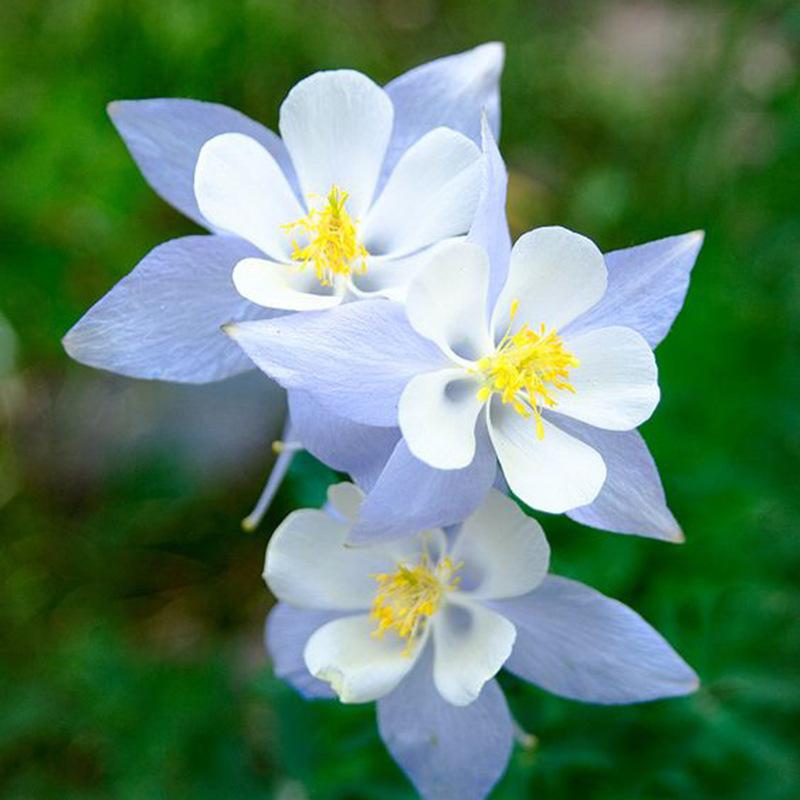Aphanopetalaceae is a fascinating story of an ancient plant family with only one living member – Aphanopetalum Resinosum. With origins dating back over 100 million years, Aphanopetalaceae has a unique place in evolutionary history. Interestingly, Aphanopetalum Resinosum is considered a “living fossil,” as it has remained virtually unchanged for millions of years.
This plant is found only in the damp forests of eastern Australia, where it grows as a shrub or small tree. Waxy, resinous leaves and small, inconspicuous flowers are some of the striking features of this rare and intriguing plant.
Unfortunately, like many unique species, Aphanopetalum Resinosum is under threat from habitat destruction and climate change. Efforts are being made to conserve this ancient plant and protect it for future generations.
Plant some seeds now!
Short Description
Aphanopetalum is a genus of twining shrubs or vines in the family Aphanopetalaceae which are endemic to Australia.
The genus is placed alone in family Aphanopetalaceae, which is in turn now placed in order Saxifragales. Until recently this family was placed in Oxalidales, and before that the genus was included in family Cunoniaceae, also within Oxalidales. The type species is Aphanopetalum resinosum.
There are two species:
Aphanopetalum clematideum (Harv.) Domin, endemic to limestone cliffs of south western Australia
Aphanopetalum resinosum Endl. – gum vine, endemic to southern Queensland and New South Wales
The Aphanopetalaceae are scrambling shrubs with lenticellate stems, having opposite and serrate leaves with minute “stipules”. The flowers and inflorescences are axillary. The flowers are essentially without petals, and have four large, white sepals that enlarge when in fruit (which is single-seeded).



